Originally published by New Context.
Many companies have been jumping headfirst into multi cloud architectures \due to the promise of increased flexibility, scalability, and elasticity. However, those benefits come at the price of dramatically increased network complexity, which in turn presents some significant security challenges. Prevention is better than cure, which is why it’s important to address and prepare for these multi cloud security challenges before you begin your deployment.
7 Multi Cloud Security Challenges
Because of the added complexity of a multi cloud environment, you can’t assume that the same tools and strategies you use in your on-premises or hybrid environment will be effective. Here are the seven biggest multi cloud security challenges and some advice on how to address them.
1. Configuration Errors
One common security issue when companies migrate workloads to the cloud is misconfiguration of security and privacy settings. Even the best network administrator sometimes makes mistakes, and the amount of training offered by vendors pre-migration can be inadequate for the complicated tasks involved in configuring some cloud services. This difficulty increases exponentially when you adopt a multi cloud strategy in which your IT team is responsible for managing the configurations of multiple platforms and ensuring they can all securely communicate with each other.
One important way to prevent and mitigate human error is through automation. Automated configuration management tools can remove humans from the configuration process entirely, or you can use automated error checking and security monitoring tools to catch and fix issues before production.
2. User Access Controls
Multi cloud environments make user access control management more complex and challenging. Though your cloud providers have in-built controls for managing user authorization and access privileges, a multi cloud strategy would require you to maintain multiple user access systems simultaneously. Keeping consistent policies across multiple platforms without a centralized control system is a huge logistical challenge. For a successful multi cloud security strategy, you need a central framework that supports all of your cloud platforms and allows you to apply security and access policies across the board.
3. Workload Freshness
Patch management and workload freshness are vital to any security strategy. Your systems need to stay up to date to ensure any known vulnerabilities are patched, and your workloads must use the most recent version of any dependencies. In a multi cloud environment, you need to contend with the specific vulnerabilities, patch schedules, and update procedures of each individual platform, and ensure that all cloud instances are on the same version. This logistical challenge can cause some IT teams to slide into bad habits due to the difficulty involved in maintaining freshness. This is where a centralized multi cloud management solution can help, by monitoring all of your cloud systems and tracking updates so your team can easily apply patches and perform refreshes.
4. Visibility
Visibility is a major issue with cloud security, and it’s amplified by multi cloud strategies. When you use a third-party cloud provider, you may not have access to every layer in the cloud computing stack by default, which means you don’t have visibility on all security flaws or vulnerabilities. Though cloud providers often offer some means of in-built monitoring on their services, it may not give you full visibility or granular logging. And when you have a multi cloud environment, managing several in-built monitoring tools at the same time becomes infeasible.
To gain full visibility on your multi cloud architecture, you need a centralized cloud monitoring solution that’s compatible with all of your platforms.
5. Application Hardening
Keeping your applications hardened against attacks and resilient to potential compromises is a crucial step for maintaining cloud security. This becomes more challenging when your applications have components or dependencies across multiple clouds. Controlling and monitoring the security of all your APIs through a central cloud security or multi cloud management solution can simplify this process.
6. Data Governance
With the sheer amount of data being processed by most companies today, data governance is a monumental challenge in any environment. When you use a multi cloud strategy, this challenge increases exponentially. Ensuring that your multi cloud data is accessible to the applications, processes, and users who need it while keeping it secure requires robust data governance strategies.
Multi cloud data monitoring and governance solutions can help you keep track of where your data is, who has access to it, and who is modifying it across all of your cloud providers. Ultimately, though, you need to start with comprehensive written policies that include specific guidelines for who should have access to sensitive data and specific consequences for those who don’t comply. Having this policy framework in place will make the process of implementing multi cloud data governance technology and controls more streamlined and effective.
7. Shared Security Model
In cloud computing, the shared security model means that you’re responsible for certain aspects of cloud security while your provider is responsible for the rest. Exactly where this line is drawn can vary from provider to provider, so you can’t assume that every platform in your multi cloud environment provides the same level of security.
You can use a multi cloud management solution to help you track the security requirements of each individual provider and set the appropriate controls. Another strategy is to determine which service requires you to assume the most responsibility for your cloud security, and then use multi cloud management to apply those policies and controls across the board.
How to Combat Multi Cloud Security Challenges
Though we mentioned specific solutions to each of the challenges above, it’s important to highlight some key strategies that will benefit your overall multi cloud security. Overall, finding a cloud-agnostic multi cloud management solution is becoming a necessity for any business hoping to adopt a multi cloud architecture.
These solutions work across all major cloud providers, and give you a centralized way to configure, manage, and troubleshoot your multi cloud environment. However, not all of these tools are created equally, and not all of them provide specific security-related functionality.
Automation is also going to play a major role in your multi cloud security strategy. The more potential points of human error you can eliminate, the better, especially in a highly complex multi cloud environment. Automatic provisioning, configuration management, monitoring, and security solutions need to be considered as you plan your multi cloud migration. There are several great open-source products like Terraform that provide a high level of control over your entire multi cloud architecture.
Lastly, although it doesn’t directly relate to security, we wanted to touch on containers in a multi cloud environment. Containers bundle apps, dependencies, and services into lightweight packages that can be easily managed, deployed, and automated across multiple clouds using tools like Kubernetes or Docker. Anything that gives you greater control over your multi cloud workloads will also make it easier to manage the security of those workloads, which is why containers are so frequently mentioned in conjunction with multi cloud security.
An effective multi cloud security strategy involves robust planning, automating as much as possible, using cloud agnostic centralized management tools, and supporting everything with comprehensive policies and procedures. Since multi cloud deployments are highly complex, the security measures you take will need to be as well. However, by developing your multi cloud security strategy ahead of time, you’ll be saving yourself a lot of headaches in the future.
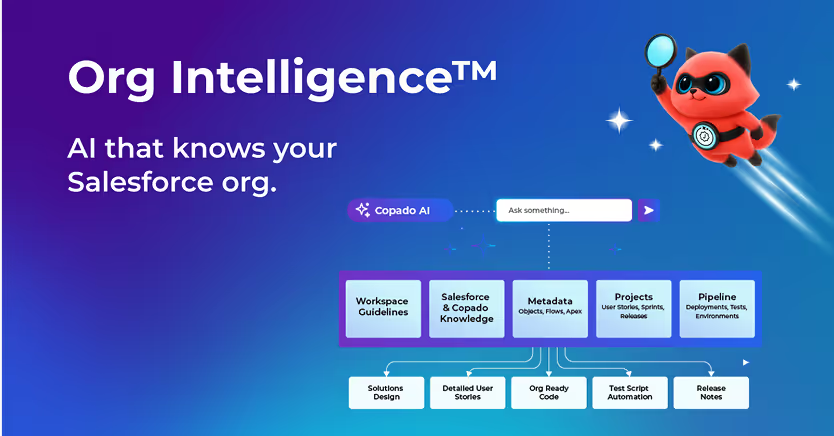











.svg)
.svg)

.png)

.svg)

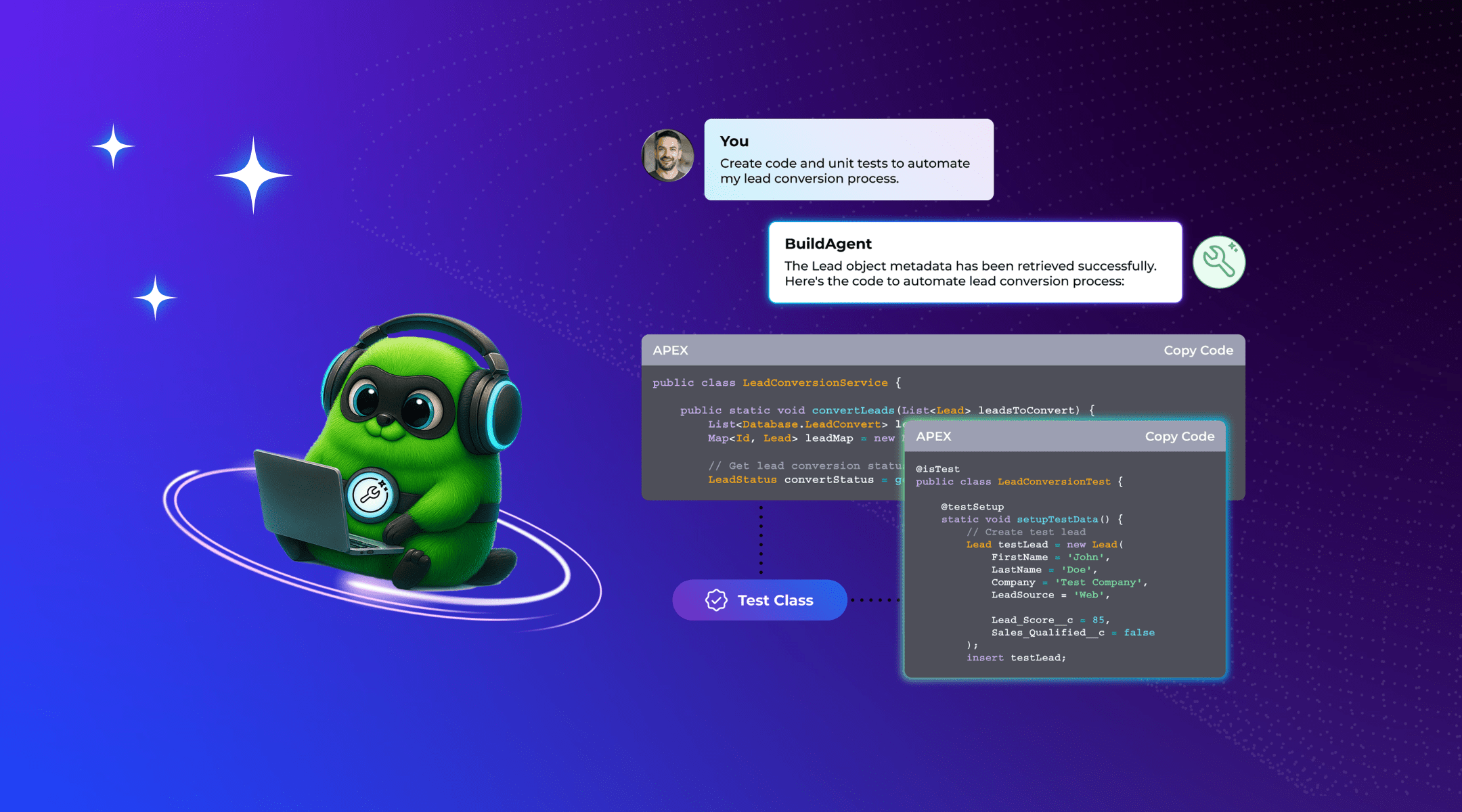


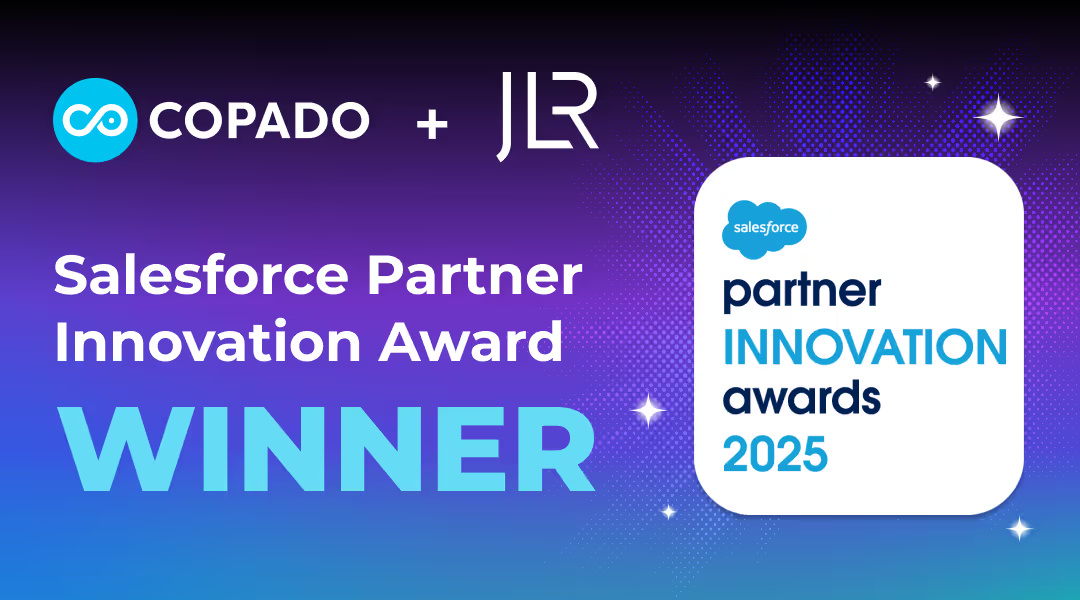



.avif)


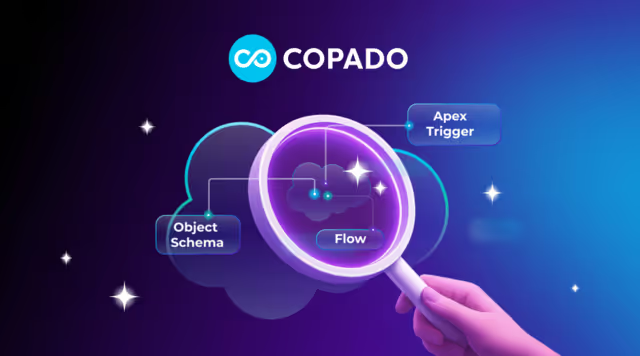
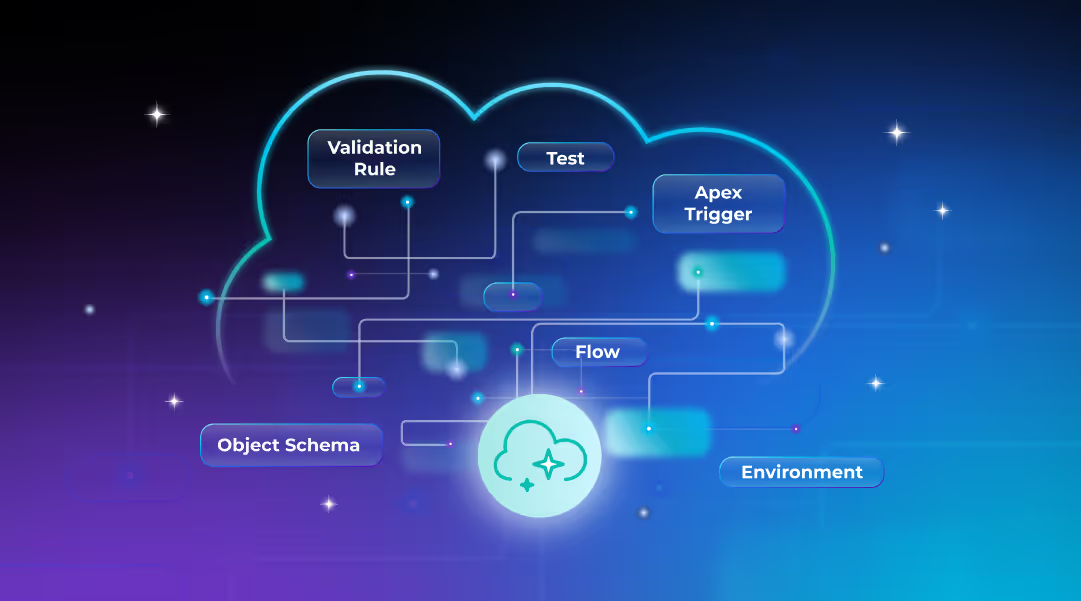









%20Data%20to%20Me_BLOG_1080x600.avif)






.avif)

































.avif)







.avif)



.avif)

























%20(1).png)
.png)
.png)

.avif)


.svg)
